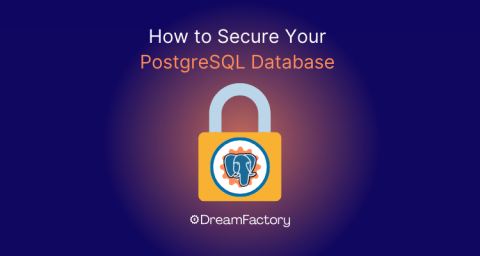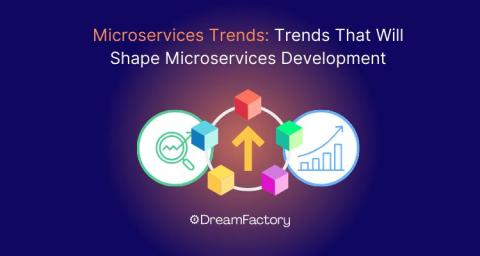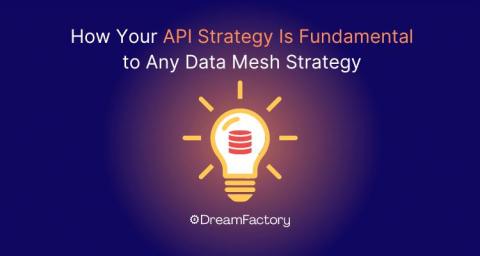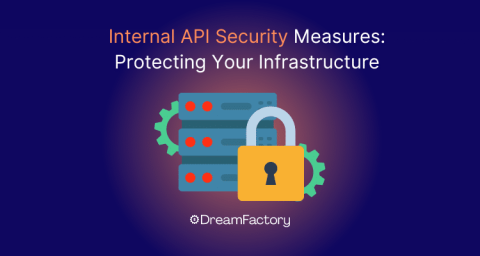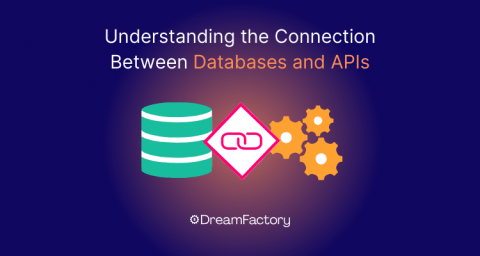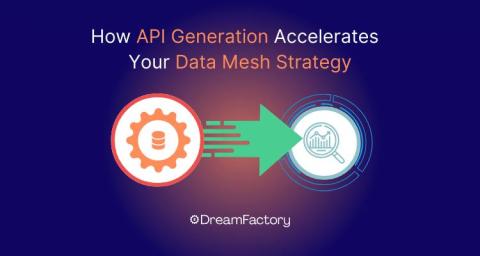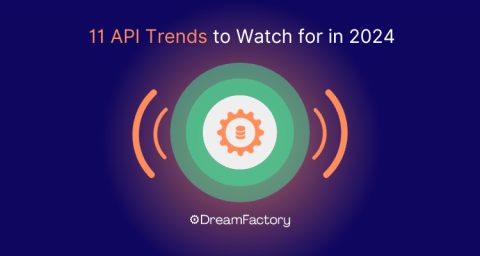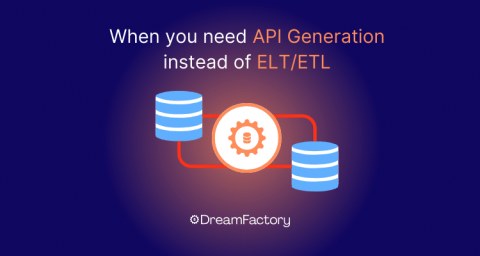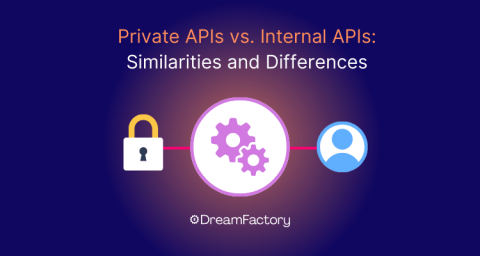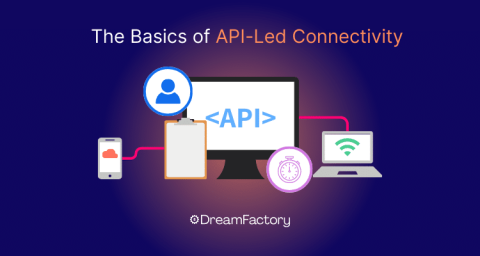How to Secure Your PostgreSQL Database | 5 Actionable Tips
If your business deals in large volumes of data, chances are that you are at least somewhat familiar with PostgreSQL, or you may use it actively in your data management strategy. PostgreSQL is a powerful relational database system, and it is completely open source. As of 2019, PostgreSQL was the second-most-common database solution for professionals. Thirty-four percent of more than 75,000 Respondents reported that it was their first choice.


